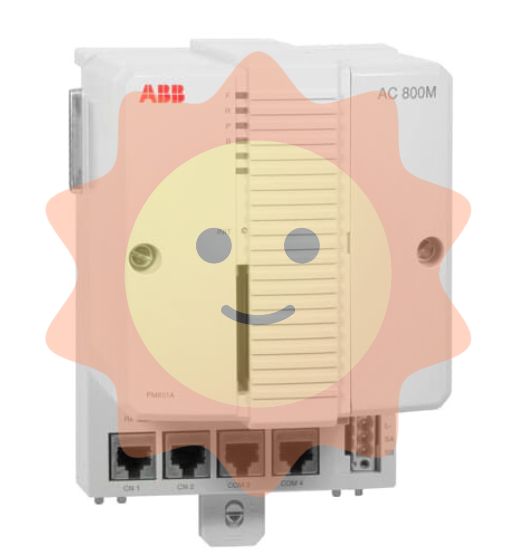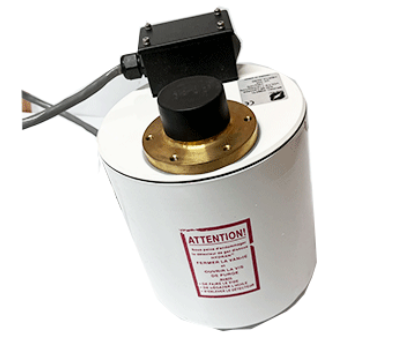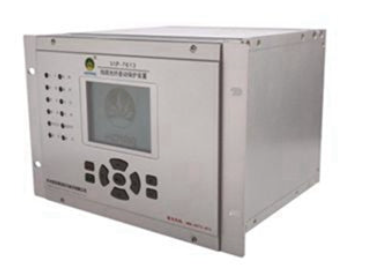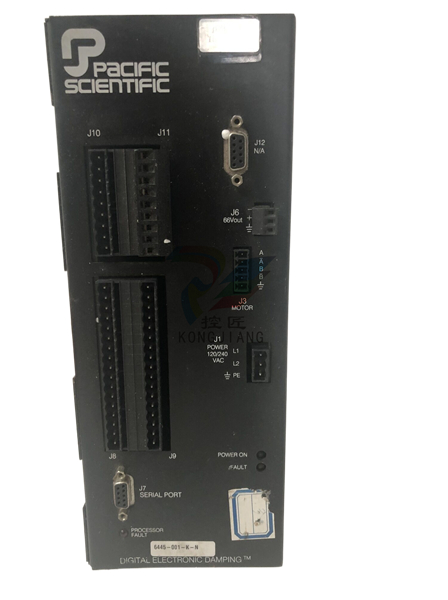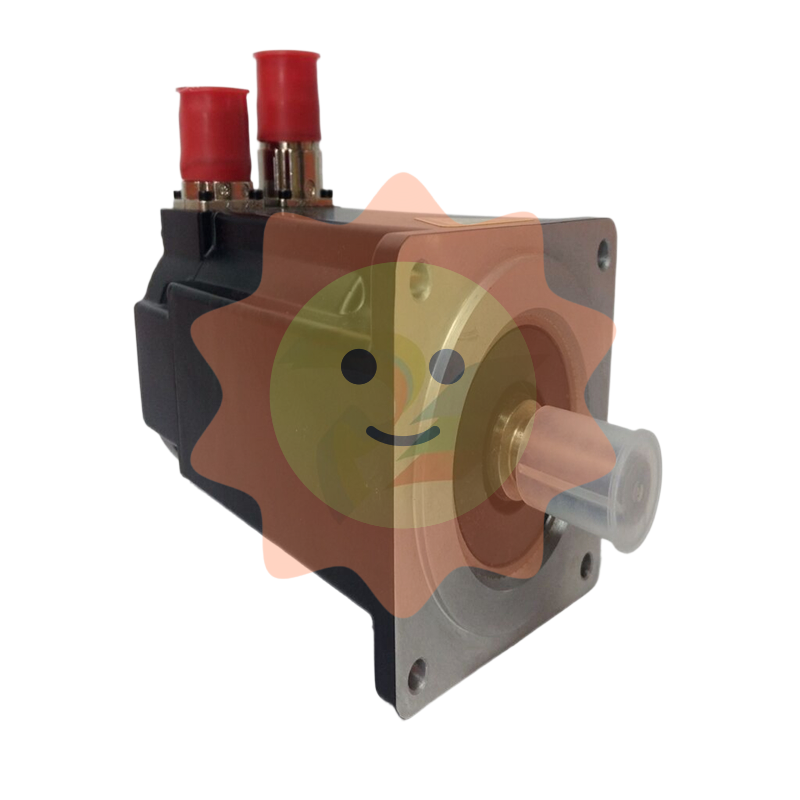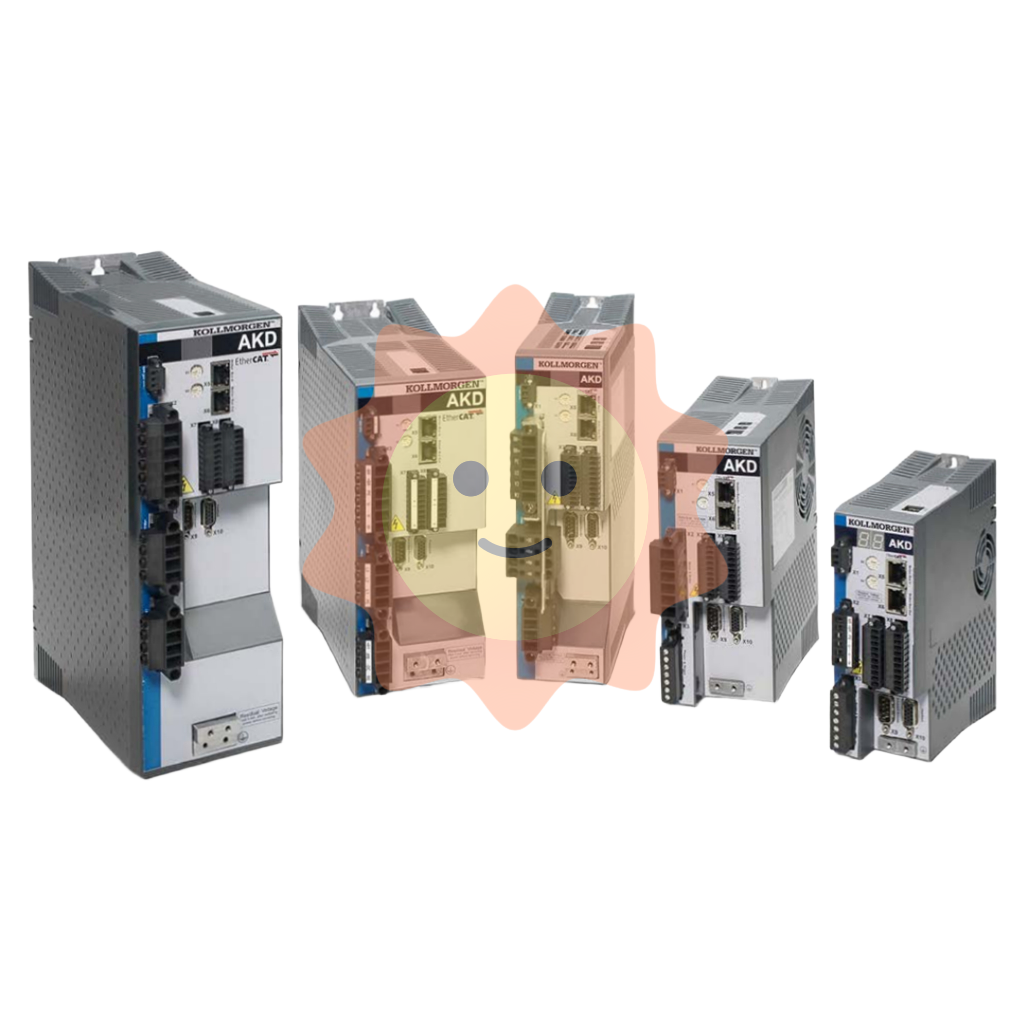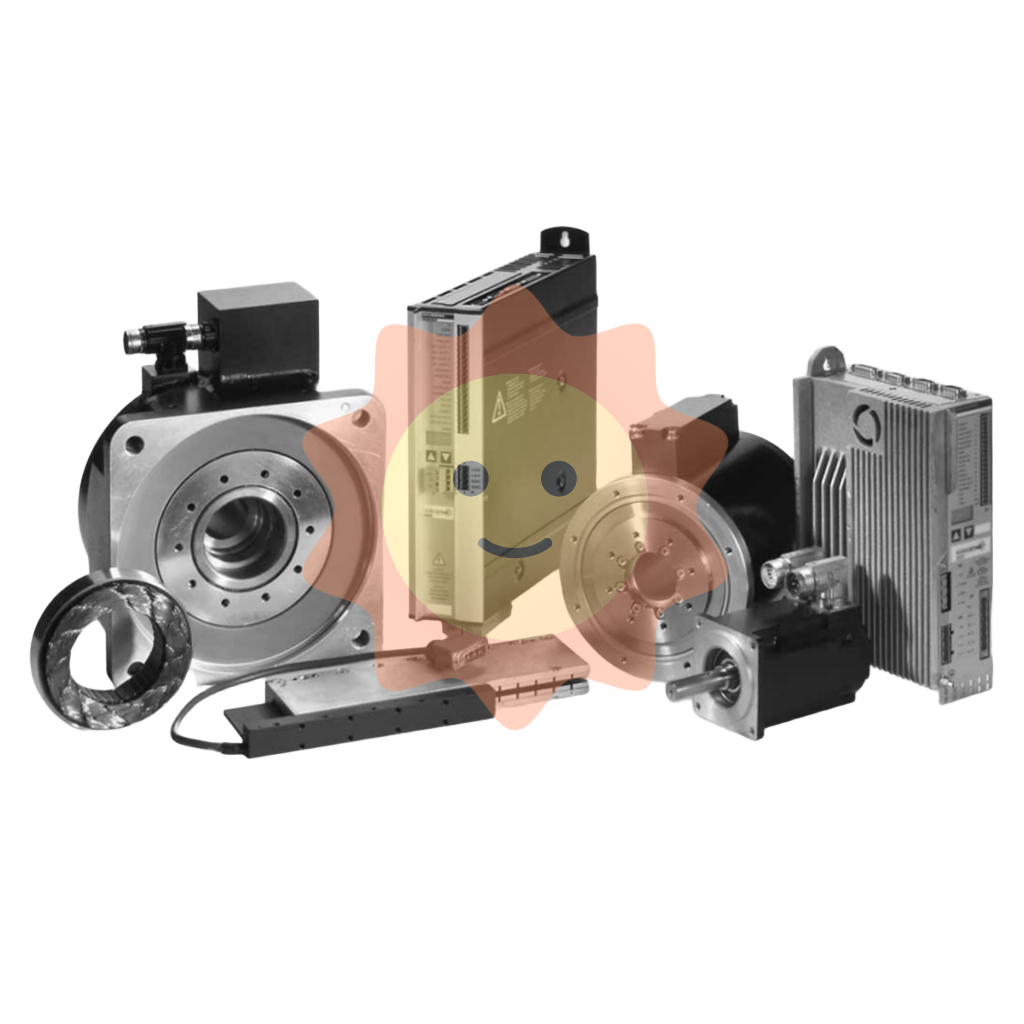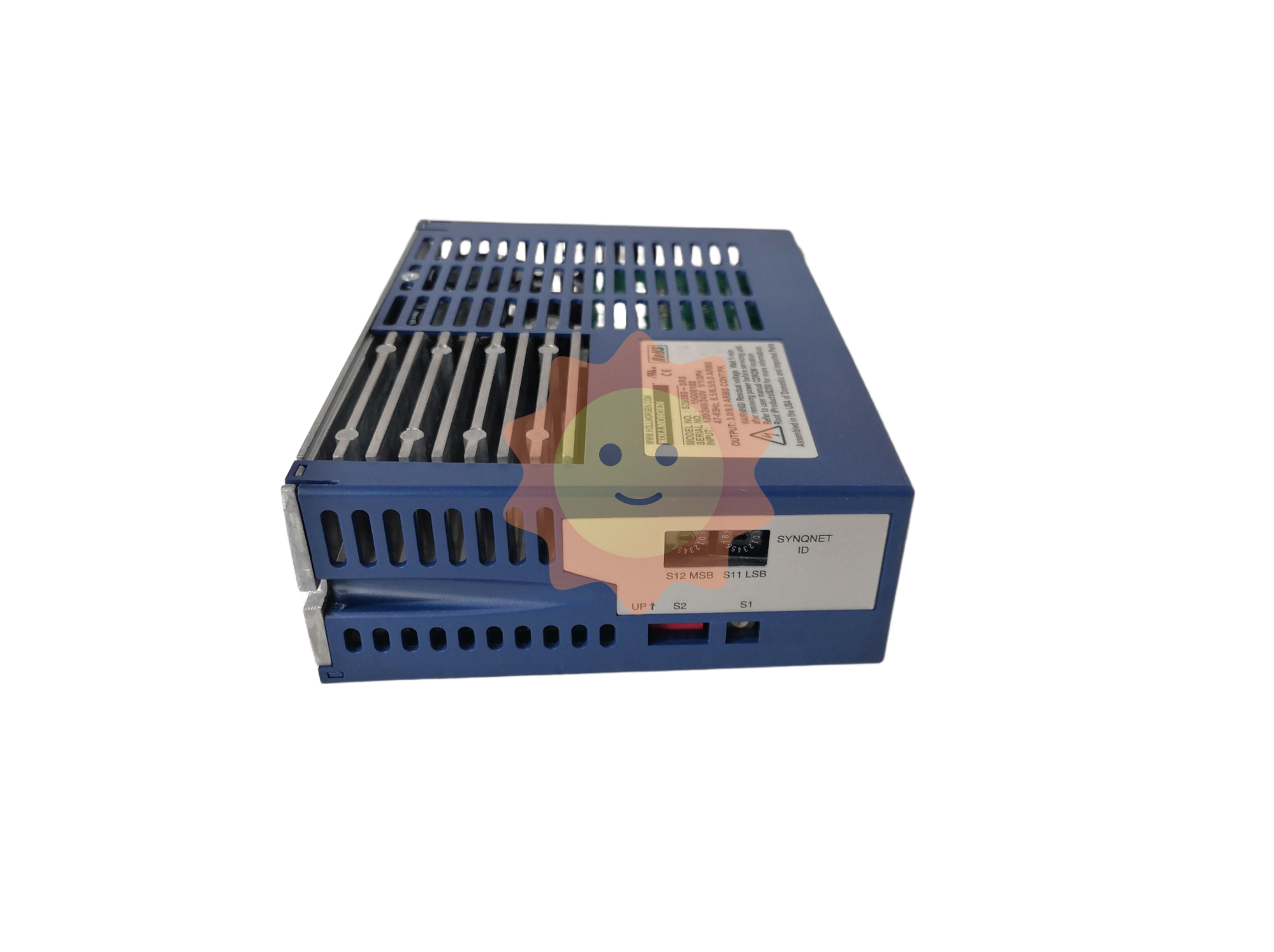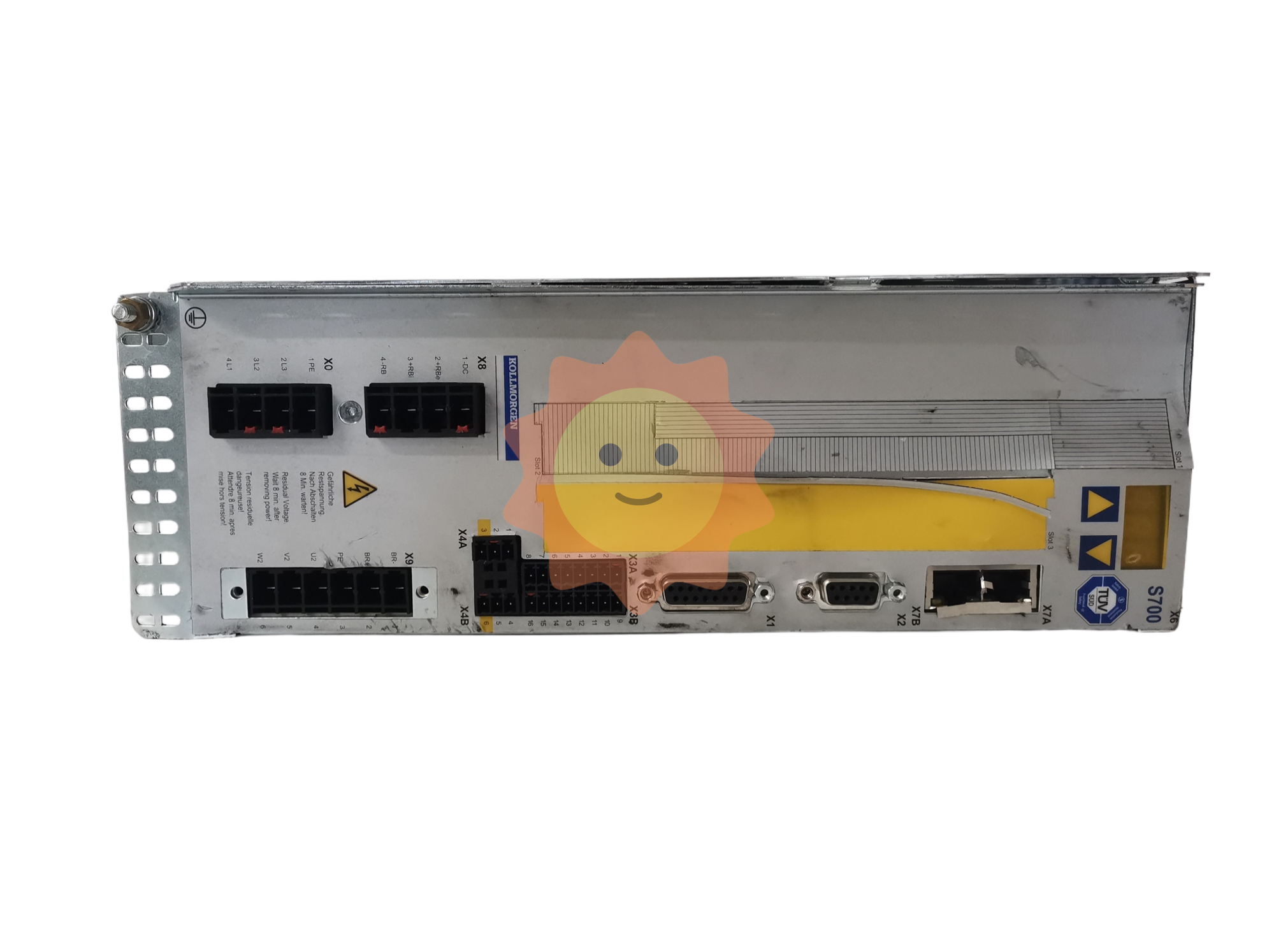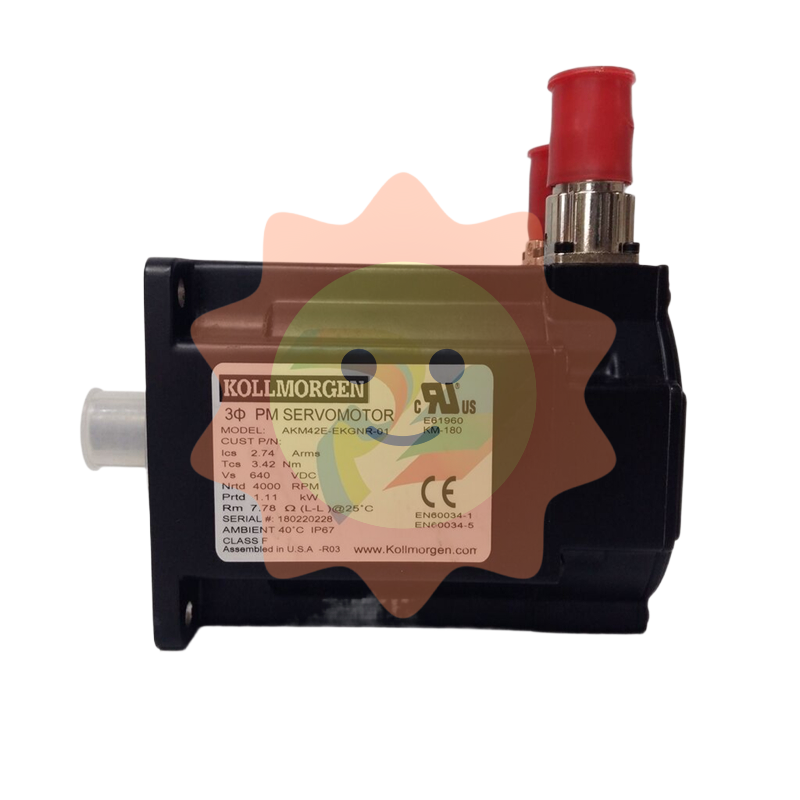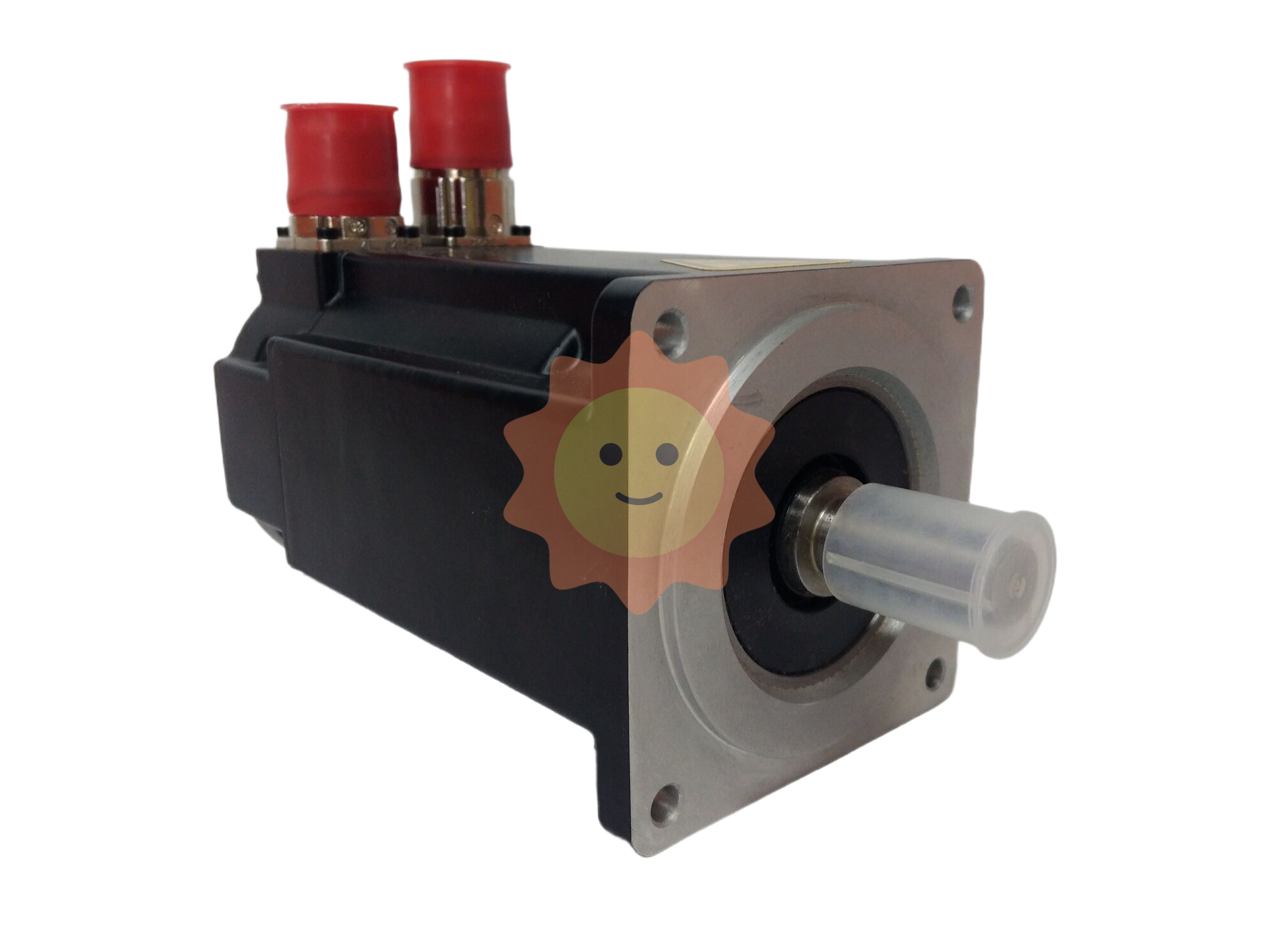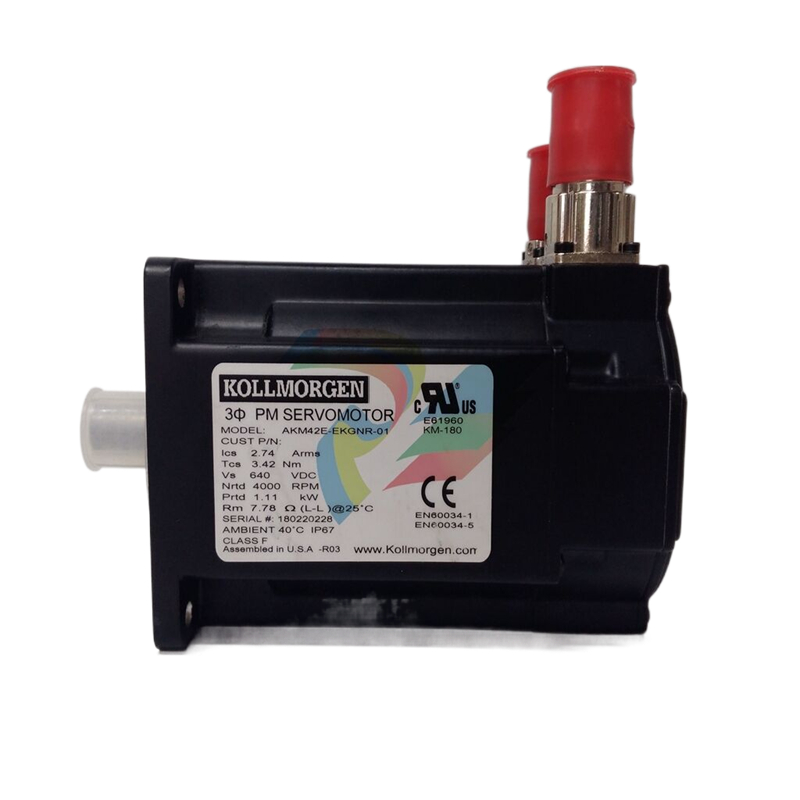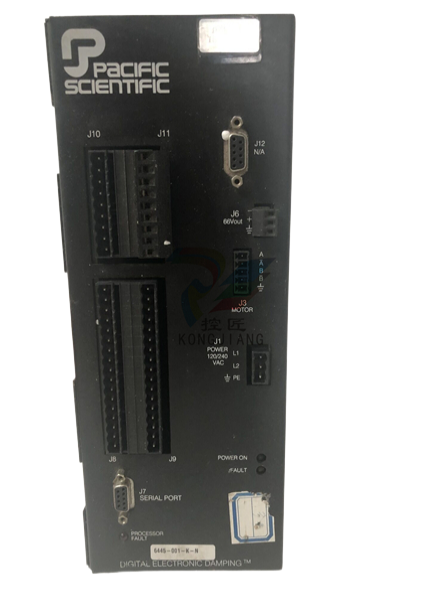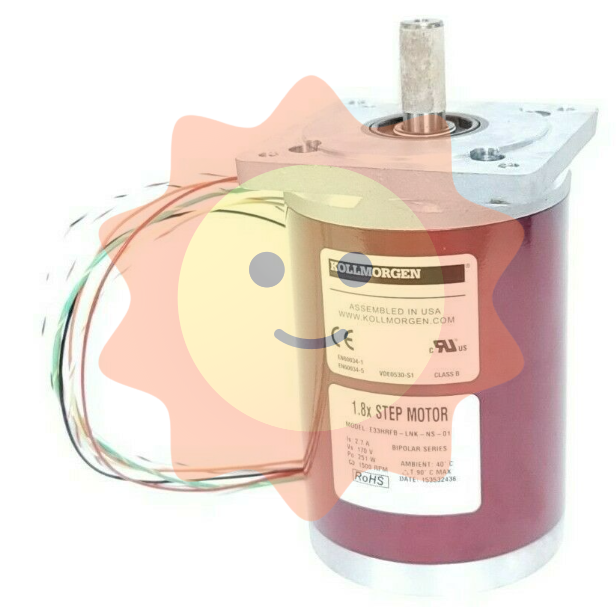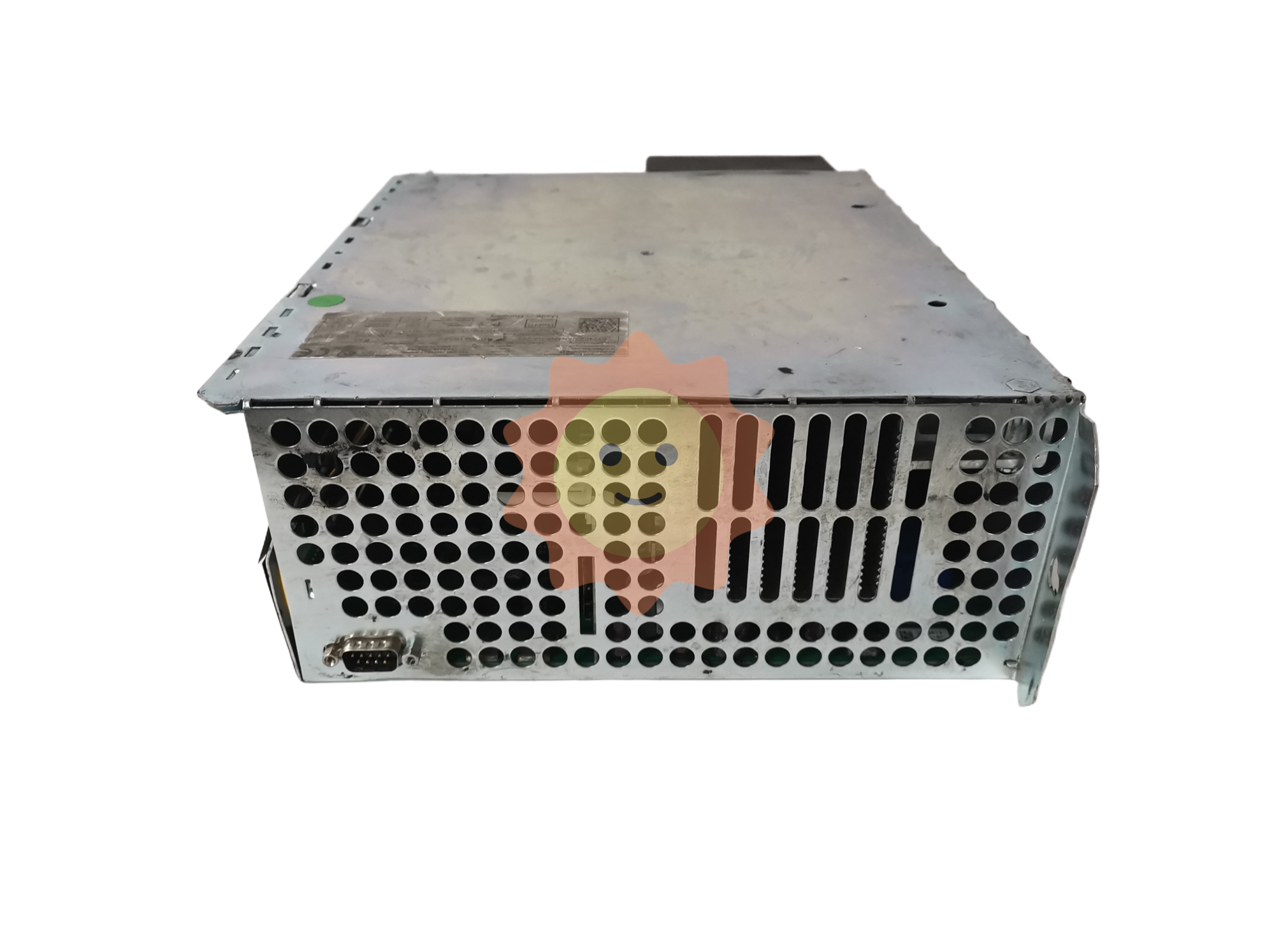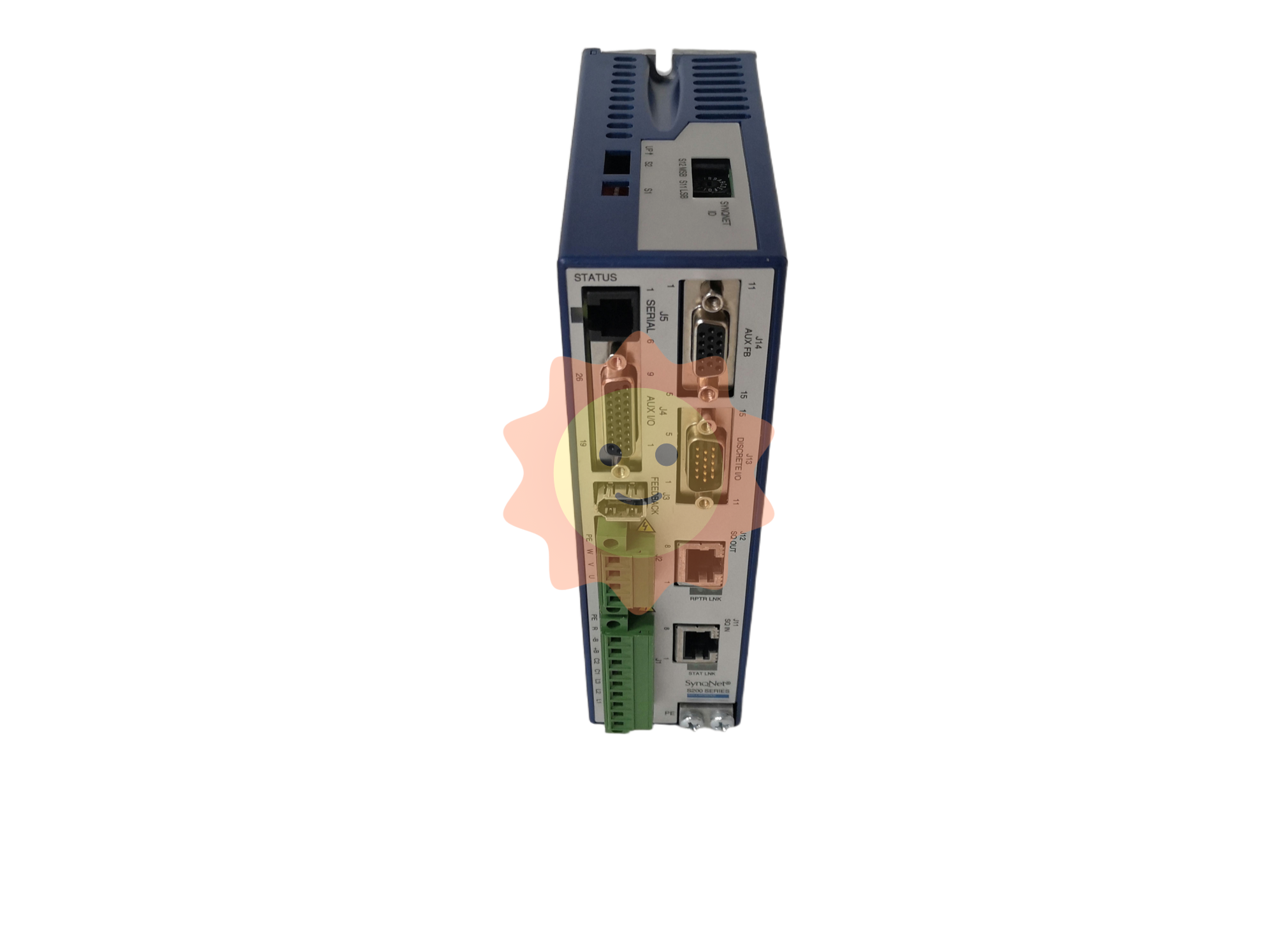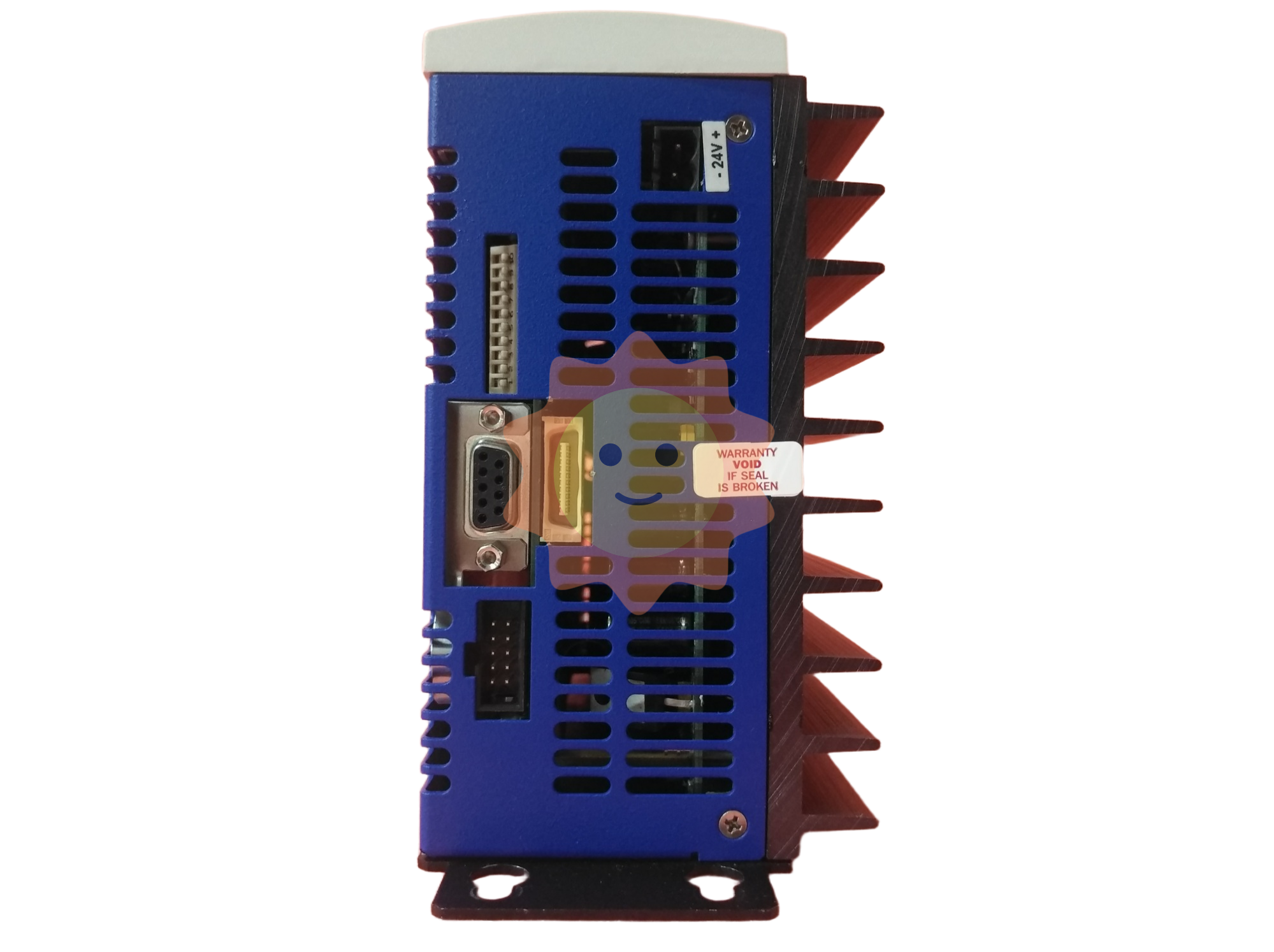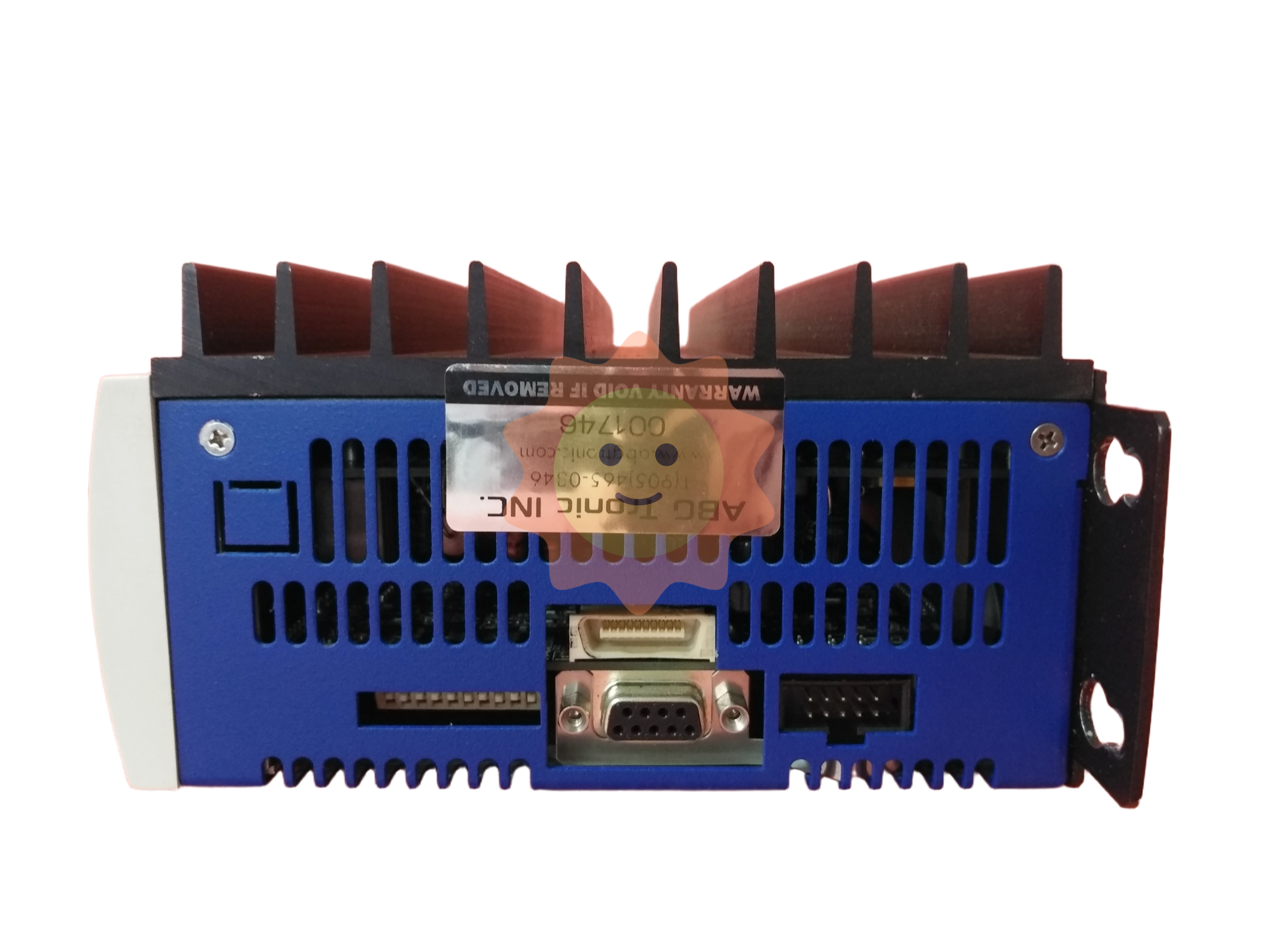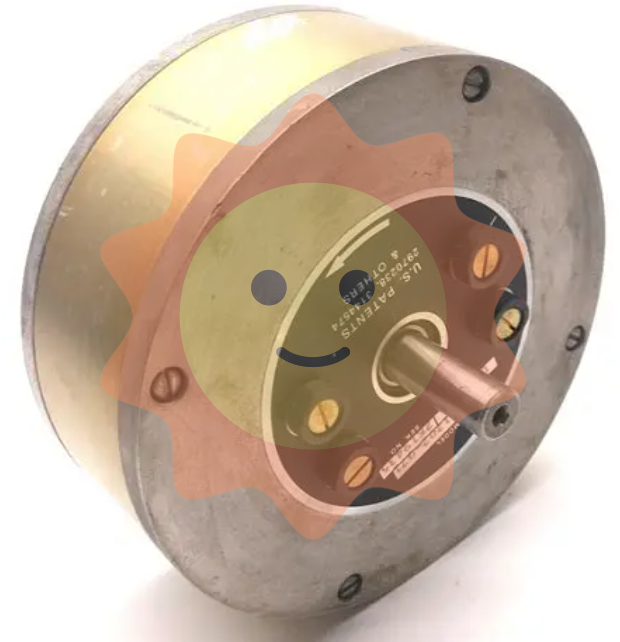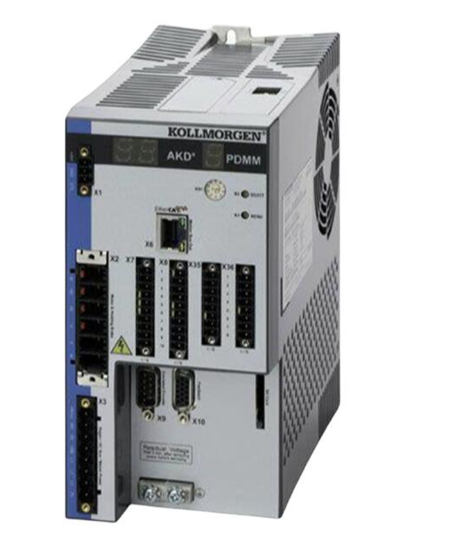Opportunities and challenges of deep mining
3. Smart mining
As an inevitable product of the information age and knowledge economy, digital mining originates from the geological information system of mine or mining [20]. The purpose of digital mining is to improve the exchange of mine information, support automated mining and intelligent mining, ensure the safe, efficient, green and sustainable development of mining, and realize scientific mining. Digital mine construction is a gradual process and a complex system project [20].
Research and development of automated mining technology began in the mid-1980s. In Canada, NorandaInc has developed various automation equipment, including loading machine (LHD), light guide system, LHD remote control system, etc., to meet the needs of automation in underground hard rock mining [21]. In 1994, Australia's Commonwealth Scientific and Industrial Research Organisation (CSIRO) launched the Mining Robotics Research Project. CSIRO researchers have developed an open-pit bucketcruise system, an accurate unloading model and an underground metal mine LHD automation system. Then, DynoIndus-trierASA of Norway, INCO Ltd. of Canada, and Tamrock of Finland implemented a $22.7 million mining automation project to increase labor productivity and reduce operating costs. Later, Sweden implemented the "Grountecknik2000" strategic plan for mine automation. At present, unmanned working face and unmanned mine based on fully automated mining/unmanned mining process have become an important research field [20].

According to Wu et al. [20], in order to construct a multidimensional and dynamic virtual reality system for coal mines, the new task of the digital coal mine is to establish a coal mine that uses the digital mine integrated platform in real time. In the new situation of deep mining, digital mining has four main directions: (1) digital mine integrated platform; ② Mining simulation system; (3) Underground positioning and navigation technology; ④ Intelligent perception of mining environment.
4. Strengthen continuous mining and roadway cutting machine mining
Gu and Li[22] have suggested that intensive mining and high plains rock stress induced rock cracking techniques should be adopted in deep metal mines. However, there are four key problems in deep hard rock mining: (1) The characteristics of high stress field and geological structure of deep mining and their mastering methods; (2) Knowledge of hard rock blockfracturing (full-blockfracturing) under the action of highland rock stress; (3) Support measures to control rock burst under high temperature conditions; ④ Knowledge of the coupling and flow of all solid-gas-liquid media in leaching mining of low grade deposits.
Due to the complex anisotropy of the target rock mass, it is difficult to use the roadway cutter (TBM) for mining. In mines, more than 70% of TBM damage is due to geology-related problems [23]. The use of TBM in hard rock mines, as well as the average length of tunnel drilling, has increased in recent years, but several limitations still limit the use of TBM in mines. In hard rock mines, when TBM is used for cutting, rock burst and sheet slope caused by stress redistribution of high stress rock mass is a major disadvantage, which will affect the operation safety and installation of roadway support. The highly fractured and block-like rock mass is another factor in the application of overhead TBM cutters in mining. Loose chunks of rock have been known to clog and damage conversion funnels and cutter loading buckets. Therefore, in order to expand the application of TBM in deep mining, TBM needs to be improved, such as impact rods, to avoid damage to cutting machines, rock loading buckets and belt conveyors.
In addition to these problems encountered in hard rock mines, other concurrent problems involving water inrush and gas explosions have affected the use of TBM cutters in coal mines. A novel process of combined drilling and trenching has been implemented in China's Pingdingshan coalfield for CBM pre-extraction, which enhances both coal and gas recovery and reduces the possibility of gas explosions. Underground water in unfavourable geological bodies (such as faults and karst caves) can cause coal mine collapses.
5. Fluidized mining
Xie et al. [24,25] have pointed out that there is a theoretical limit of mining depth for traditional methods. Theoretically, it is estimated that once the buried depth of underground solid mineral resources exceeds 6000m, various existing mining methods will become unusable. Therefore, it must be recognized that the development and utilization of greater depths of mineral resources requires disruptive innovations in theory and technology. For this purpose, Xie et al. [25] proposed a theoretical and technical concept of fluidization mining of deep underground solid mineral resources (FIG. 2). Based on a mining model similar to TBM, the idea is to realize in-situ, real-time and integrated utilization of deep underground solid mineral resources through mining, selection, smelting, filling, power generation and gasification of solid resources, that is, to convert solid resources into gas, liquid or a mixture of gas, liquid and solid materials. As a result, the coal mines of the future will have no workers going down the mine, no coal being extracted, no coal piling up, no dust polluting the air, and instead will have electricity and energy delivered in a clean, safe, smart, environmentally sound and eco-friendly way.
- EMERSON
- Honeywell
- CTI
- Rolls-Royce
- General Electric
- Woodward
- Yaskawa
- xYCOM
- Motorola
- Siemens
- Rockwell
- ABB
- B&R
- HIMA
- Construction site
- electricity
- Automobile market
- PLC
- DCS
- Motor drivers
- VSD
- Implications
- cement
- CO2
- CEM
- methane
- Artificial intelligence
- Titanic
- Solar energy
- Hydrogen fuel cell
- Hydrogen and fuel cells
- Hydrogen and oxygen fuel cells
- tyre
- Chemical fiber
- dynamo
- corpuscle
- Pulp and paper
- printing
- fossil
- FANUC
- Food and beverage
- Life science
- Sewage treatment
- Personal care
- electricity
- boats
- infrastructure
- Automobile industry
- metallurgy
- Nuclear power generation
- Geothermal power generation
- Water and wastewater
- Infrastructure construction
- Mine hazard
- steel
- papermaking
- Natural gas industry
- Infrastructure construction
- Power and energy
- Rubber and plastic
- Renewable energy
- pharmacy
- mining
- Plastic industry
- Schneider
- Kongsberg
- NI
- Wind energy
- International petroleum
- International new energy network
- gas
- WATLOW
- ProSoft
- SEW
- wind
- ADVANCED
- Reliance
- YOKOGAWA
- TRICONEX
- FOXBORO
- METSO
- MAN
- Advantest
- ADVANCED
- ALSTOM
- Control Wave
- AB
- AMAT
- STUDER
- KONGSBERG
- MOTOROLA
- DANAHER MOTION
- Bently
- Galil
- EATON
- MOLEX
- Triconex
- DEIF
- B&W
- ZYGO
- Aerotech
- DANFOSS
- KOLLMORGEN
- Beijer
- Endress+Hauser
- MOOG
- KB


Email:wang@kongjiangauto.com


